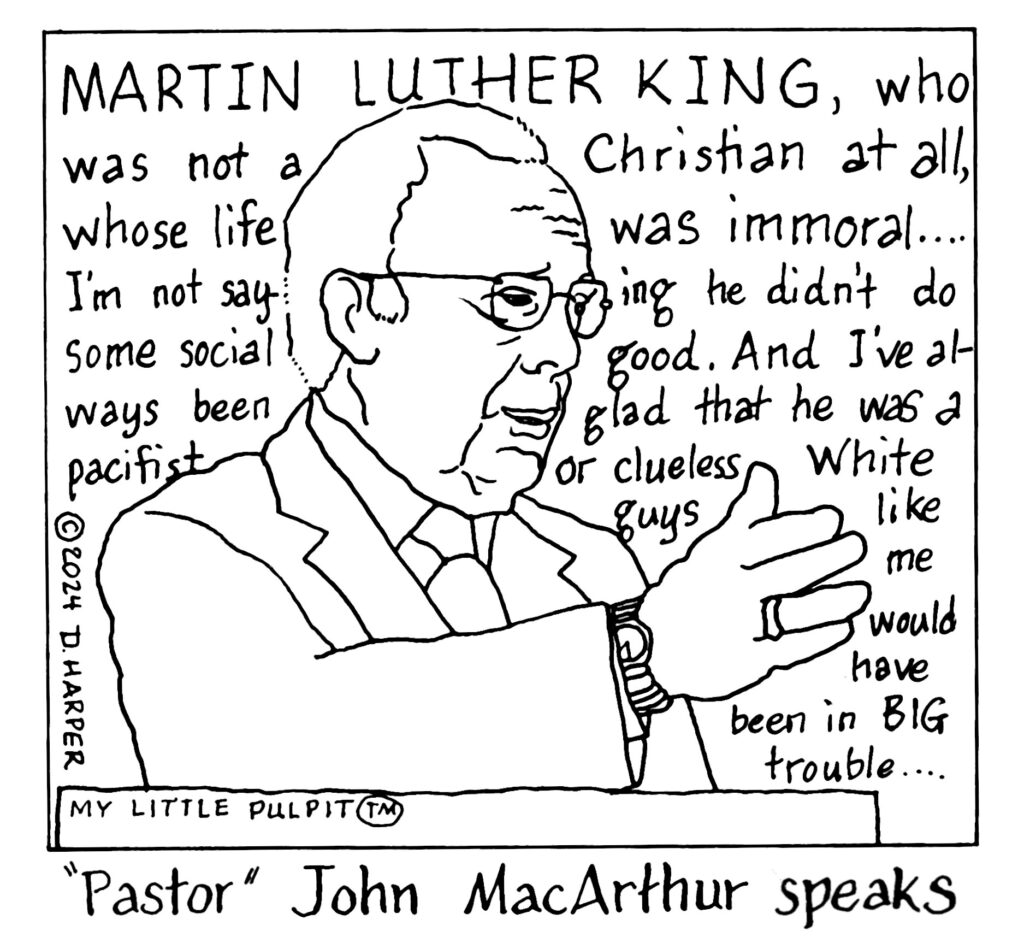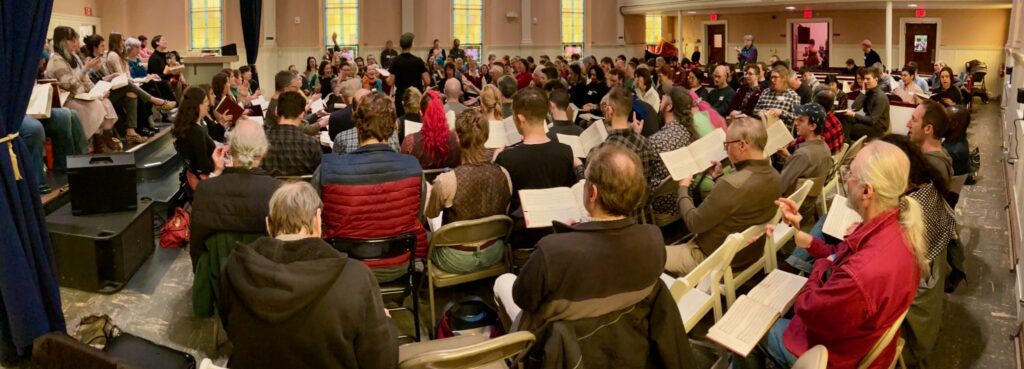Google’s search results just keep getting worse. These days, do a search through Google and you’re likely to wind up with tons of websites with content written by AI, websites designed to be the top search result on Google merely so it can sell you something. And that’s after you sort through dozens of ads, which are so cleverly concealed that sometimes you click on them even when you don’t mean to.
I now use DuckDuckGo as my primary search engine. DuckDuckGo is slightly better than Google. DuckDuckGo doesn’t steal my data, while Google rapaciously steals my data so they can monetize me. And DuckDuckGo makes it slightly easier to separate the ads from the actual search results.
But I keep wishing there were an alternative engine. And — now there is.
Kagi is a fairly new search engine company (founded 2018) that works on a subscription model. So right away, no more ads. And their privacy policy appears to be as good as that of DuckDuckGo. Those two things alone mean Kagi has a leg up compared to Google.
A review of Kagi on Stack Diary from last September reveals that Kagi is a modestly good search engine. According to the reviewer, Kagi’s image search works better than Google’s. Kagi seems to be slightly less likely to return websites that are pure click bait. On the other hand, Google crawls the web thousands of times a day, so Google still has an edge.
But — Kagi allows you to customize your search results. Let’s say you’re searching for reviews of a household appliance. You know that the Good Housekeeping website contains fake reviews and is not worth looking at. With Google, Good Housekeeping is always going to appear in your search results. Using Kagi, you can Block Good Housekeeping so that it never appears in your search results. Or you can Lower it in your search results, so it’s still there but buried further down in the results. Kagi has what its developers call Lenses that allow you to state which websites you trust or don’t trust. The power to customize your search results means you’re not at the mercy of a search algorithm that you can no longer trust.
I’m thinking about subscribing to Kagi. But before I do, I’m trying to find people who are already subscribers, to see what they think. I’m posting this on the off change that someone who reads this is using Kagi, and is willing to share their experience….


